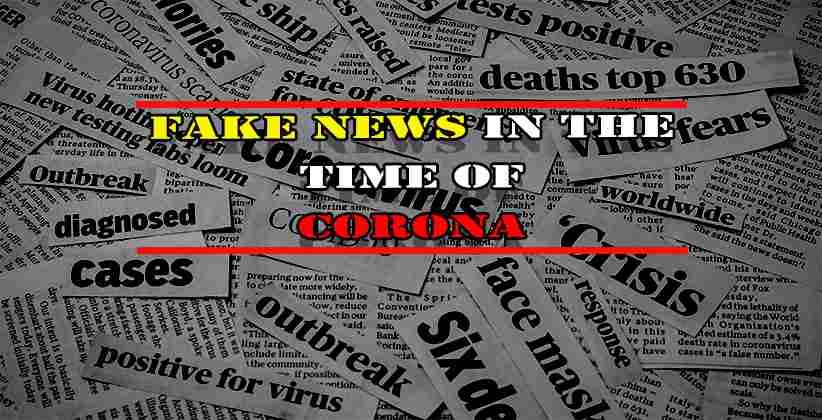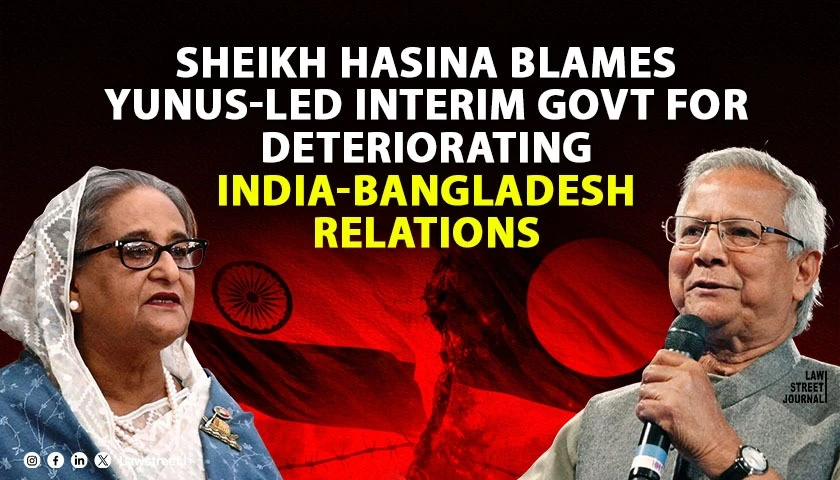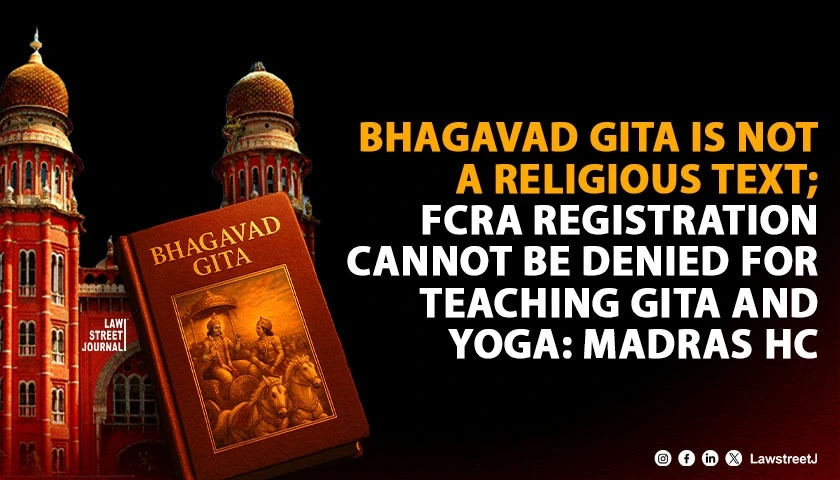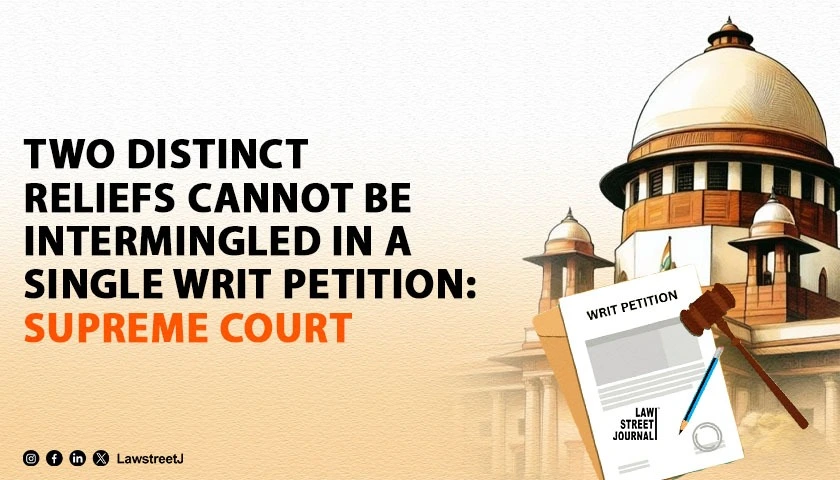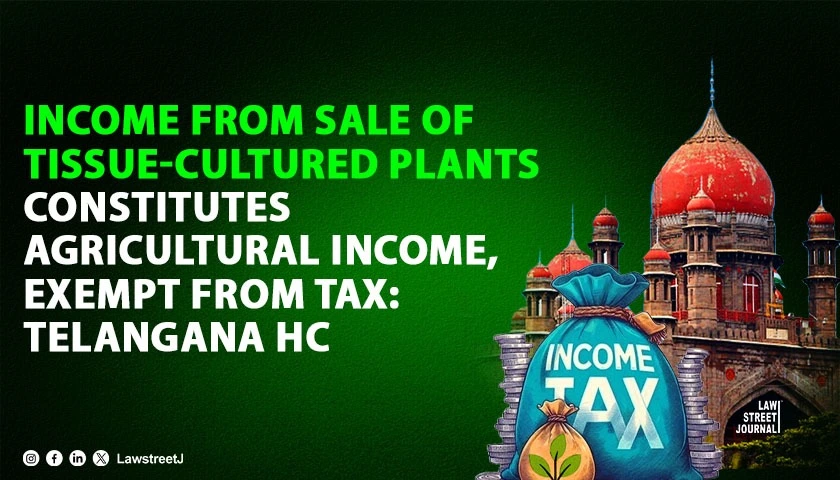The recent Supreme Court order in the case of Shri Alakh Alok Srivastava v. Union of India (2020) expressing concern over the fake news spread triggering the migration of labours and asking the centre to set up a portal to disseminate accurate information regarding the Corona Virus pandemic is a welcome order. Because at times like these dissemination of fake news increases the risk of virus spread and also dismantles the endeavours of state machinery trying to fight this pandemic.
The Fake News problem is not new yet it is hard to tackle. Prof. Zonathan Zittrain, (co-founder of Berkman Klein Centre, Harvard) provides an intention based definition of the term fake news, as something which is wilfully false and the person disseminating knows it to be untrue or that person is indifferent to it being true or false.
Fake News violates Freedom of Speech, Right to Life etc. which make it an undeclared virtual emergency that is worse than the emergency mentioned in the Constitution because here even the fundamental right to life is also violated.
Fake news is no less dangerous than this deadly corona virus because both of them share some similarities with each other and these are:
- Spread through contact
- Those affected may not be aware about this
- Unstoppable
It was said by Dr. Tedros Adhanom Ghebresyesus, Director General, World Health Organisation (WHO), regarding the fake news problem that:
We are not just fighting an epidemic; we are fighting an infodemic. Fake news spreads faster and more easily than this virus, and is just as dangerous.
This is not the first time that the Supreme Court has stepped in to tackle the fake news problem. In the case of Facebook v. Union of India (2019) in which the bench comprising Justices Deepak Gupta and Aniruddha Bose said that misuse of social media has reached dangerous proportions and asked the government to devise guidelines to tackle this problem.
The Supreme Court in the Alakh Alok Srivastava case has stated that a daily bulletin of information shall be prepared by the government to give accurate information about the Corona pandemic on all media platforms including social media and further in preparing the daily bulletin the free speech principles shall not be interfered with.
And in making the same including the well-known people from the various media houses may serve this purpose. The court emphasized that media houses should remove the fake news relating to the Corona Virus before telecasting news.
An advisory issued by the government on 20th of March, 2020 to the social media platforms to tackle the fake news menace on their respective platforms. The advisory contains three things; firstly to initiate awareness campaigns for users not to circulate false information which can create panic, secondly to take immediate action against such content and thirdly to promote dissemination of accurate information about Corona Virus.
The Supreme Court in its order has mentioned that some fake information that lockdown would last for three months was the reason behind migration of labours to their homes. But 21 days lockdown in times of deadly virus is also a long period for labours thus implying that three months lockdown may not have been the only reason for their migration.
CONNOTATIONS
There are some other terms related to information dissemination which overlap with fake news and these are; Misinformation (dissemination of information which is false or misleading), Disinformation (deliberate dissemination of false information to deceive people) and Mal-information (reality based information but not harmless).
There is no agreed definition of the term fake news but one thing is common in all these terms is the false or misleading information i.e. the information disorder. According to Claire Wardle (News Research Director) there are seven types of such disorders which come within our information ecosystem; 1) Satire or parody, 2) Misleading content, 3) Imposter content, 4) Fabricated content, 5) False connection, 6) False context and 7) Manipulated content. In all these information disorders the intention of the person disseminating separates misinformation from disinformation.
WHY IS IT HARD TO REGULATE
The proposed amendment to the Information Technology (Intermediary Guidelines) rules under Section 79 of the Information Technology Act, 2000 by the Ministry of Electronics and IT makes social media platforms more accountable for the content they host. These rules are only for the social media platforms thus other commerce or streaming technology platforms have been kept out of it.
The original proposal required intermediary social media platforms to prohibit hosting of certain content on such platforms while adding a new category of information i.e., Content which threatens Public Health or Safety. And these intermediaries were required to assist the government within 72 hours of when asked and must provide measures to locate the trace of such information. But why would these measures not suffice to tackle this problem?
The fake news coverage in India has grown by 200% from 2015 to 2018. There are 500 million users in India and 200 million WhatsApp users and the growth of these people is more in rural areas than in urban areas.
People are vulnerable to the information on social media platforms and would believe such information without considering its authenticity and veracity. And the same is supported by the Reuters India Digital News Report which states that 68 percent of the Indians receive their news from the Social Media platforms and 52 percent of the people surveyed accepted Facebook and 52 percent accepted WhatsApp as their main source of news. 40% of those using WhatsApp accepted forwarding one or other news story.
According to a research by the Berkman Klein Centre for Internet & Society, when an individual or a group subscribes to a certain ideology then they are likely to process that information or interpret it in a way which aligns with that ideology and having consistency with their existing beliefs. The same is described as Confirmation bias. And people with confirmation biasness would hardly accept the correct information.
Another concern is that there are provisions which make dissemination of fake news punishable like Section 54 of the Disaster Management Act, 2005 provides one year imprisonment for making or circulating a false alarm or warning as to disaster or its severity or magnitude, leading to panic.
Another provision is Section 67 of the Information Technology Act, 2000 which provides punishment for dissemination of any information in electronic form which tend to deprave and corrupt persons who are likely to read, see or hear such information. But the problem lies in the fact that tracing the origin of the false news is nearly impossible.
In the Facebook case, the idea about de-encrypting the encrypted message was discussed at length but the same was rejected by the Supreme Court as violation of the users right to privacy.
Section 505 of the Indian Penal Code also states that making, publication or circulation of any Statement, rumor or report that is likely to cause fear or alarm to the public....whereby any person may be induced to commit an offense...against the public tranquility. But its proviso states that if the statement is made in good faith or believing the same to be true then it would not amount to an offense under this provision.
Third concern with fake news regulation is related to the innovative nature of internet and social media platforms. Since internet and social media platforms are open to improvements in order to keep it in the mainstream so that more people are attracted to it, good and mischievous actors both, compelling the users to seek alternatives. Thus the efforts should be made to reduce/ stop the misuse of such platforms at the same time keeping the platforms open and innovative and not killing it.
Fourth concern is that the measures adopted to tackle such information disorders should be in conformity with the free speech principles and ensure autonomy of the user, marketplace of ideas, truth seeking and privacy of the user otherwise it would defeat the whole purpose of regulation. Therefore there has to be a balance between regulation of information disorders and protecting the rights of users and the same has been stated by the Supreme Court in Facebook v Union of India case.
And lastly despite the advisory issued by the Government of India and order of the Supreme Court, dissemination of false information by media platforms is still continuing which the government should take notice of.
The ways to tackle this problem are media literacy, application of reasoning and scientific approach. Apart from these measures, suggestions to the government for tackling this problem would be to bring a law to make the dissemination of Fake News a punishable offence, to make the appropriate changes in the IT Act 2000 along with technical assistance in order to trace the origin of such information for imposing the liability and creating awareness about this menace for all people in their respective languages because most of the fact checking websites or media literacy measures are in English and one or two other languages. And the advisory issued by the government on 20th March 2020 to the social media platforms should also include the electronic and print media.
Lastly as Jonathan Zittrain has said that before any regulatory step is taken with respect to social media and internet two things are to be considered; first, one solution cant be a single solution for all type of problems as every new problem poses a greater threat than the earlier one and secondly, constant regulations are required to tackle these problems as the same cant be once and for all because technology evolves and so do the methods of abusing it.
Finally in the present situation governments decision to prepare daily bulletin of information to stop the spreading of Corona related fake news is great step but at the same time govt shall scrutinise the information being disseminated by media houses and those media platforms be it social media, electronic or print media that are disseminating false information are to be heavily punished.
[Disclaimer: The views expressed are solely of the author and they do not purport to reflect the opinion or views of LawStreet Journal]

